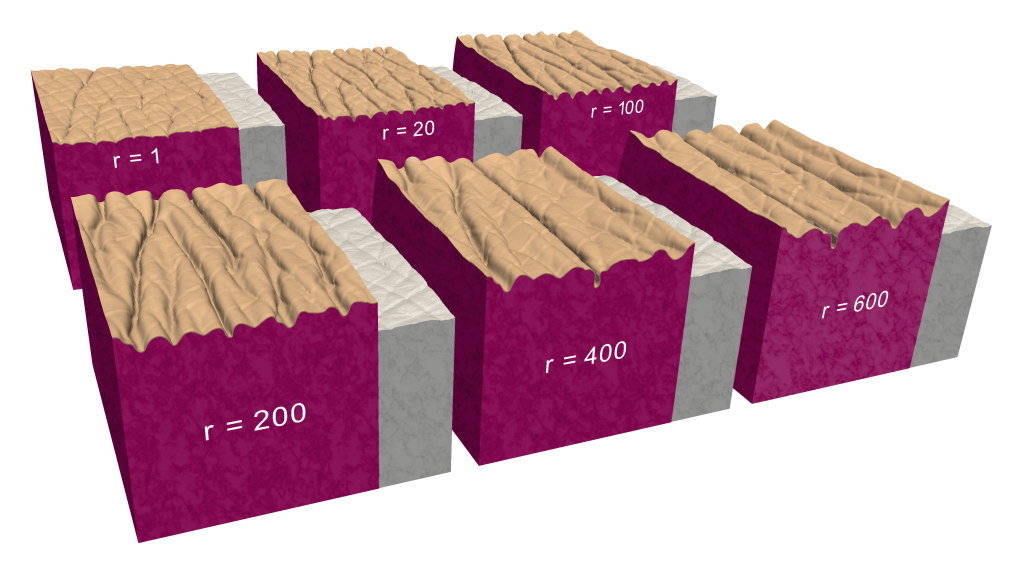CDT-NGCM were pleased to host a seminar, Unravelling the interplay of structural and material properties of skin using mechanistic modelling, with Georges Limbert. This seminar took place online on Wednesday 19th January 2022.
University of Southampton (UK) and University of Cape Town (South Africa) g.limbert@soton.ac.uk, http://www.insilicomechanobiology.com/
“Considering the place of the skin in our life and its multiple physiological functions, understanding its complex physiology and biophysics in health, disease and ageing has become, particularly in the last two decades, a broad and very active multidisciplinary research arena. To unravel some of the secrets of such a complex organ new experimental, imaging and computational techniques are needed. Novel mechanistic theories explaining particular mechanobiological processes need to be formulated and put to the test. Developing and exploiting such an integrated framework underpin many aspects of our research which aims to understand the interplay between the microstructural and material properties of the skin, particularly as they evolve over the life course. The skin microstructure can play a critical role in how macroscopic deformations are modulated at the microscopic level. These structural mechanisms are also at the heart of skin tribology by being part of, and conditioning mechanical load transmission and the nature of surface physics interactions. Skin biophysics is therefore fundamental to many industrial sectors from biomedical devices, personal care and cosmetic products to vehicle safety, sport equipment, wearable electronics and tactile surfaces.
In this talk, I will present some of the modelling approaches we have been developing to gain a mechanistic understanding of the interplay between material and structural properties of the skin, and ultimately, to exploit this knowledge for a variety of clinical and industrial applications. Examples will include computational contact homogenisation procedures to study skin friction, constitutive modelling of skin ageing and analysis of skin surface instabilities to understand mechanisms of wrinkle formation (Figure 1).”

Figure 1. Structural deformations of an anatomically-based bi-layer finite element model of the skin upon application of a 25% in-plane compression as a function of the ratio of the ground state Young’s modulus between the 20 mm thick stratum corneum (light brown colour) and that of the underlying substrate representing the living epidermis and dermis (pink colour). The ground state Young’s modulus of the substrate was fixed at 0.6 MPa so that the ratios r = 1, 20, 100, 200, 400, 600 correspond respectively to a 0.6, 12, 60, 120, 240 and 360 MPa ground state Young’s modulus for the stratum corneum. The deformed and undeformed geometries are respectively presented in light brown/magenta colour and grey colour. This original plot is adapted from the numerical study of Limbert and Kuhl on the emergence of skin micro-wrinkles [6]. Adapted from Limbert et al. [2]
References
- Skatulla, S. , Sansour, C. and Limbert, G. (2021) Local micromorphic non-affine anisotropy for materials incorporating elastically bonded fibers, Journal of the Mechanics and Physics of Solids, Vol. 156 Pages 104576
- Limbert, G., Masen, M. A., Pond, D. Graham, H. K., Sherratt, M. J., Jobanputra, R. and McBride, A. (2019) Biotribology of the ageing skin-Why we should care. Biotribology, 17:75-90.
- Limbert, G. (ed.) (2019) Skin biophysics – From experimental characterisation to advanced modelling, (2019), Springer, Heidelberg, 295 pages
- Graham, H. K., McConnell, J. C., Limbert, G., Sherratt, M. J. (2019) How stiff is skin? Experimental Dermatology, 28(S1):4-9.
- Pond, D., McBride, A., Davids, L., Reddy, B.D., Limbert, G. (2018) Microstructurally-based constitutive modelling of the skin-Linking intrinsic ageing to microstructural parameters. Journal of Theoretical Biology, 444:108-123.
- Limbert, G., Kuhl, E. (2018) On skin microrelief and the emergence of expression micro-wrinkles. Soft Matter, 14(8):1292-1300.
- Limbert, G., 2017. Mathematical and computational modelling of skin biophysics-A review. Proceedings of the Royal Society Part A, 473:1-39.
- Leyva-Mendivil, M.F., Lengiewicz, J., Page, A., Bressloff, N.W., Limbert, G., 2017. Skin microstructure is a key contributor to its friction behaviour. Tribology Letters 65, 12.

Georges Limbert (GL) is an Associate Professor at the national Centre for Advanced Tribology in the Faculty of Engineering and Physical Sciences at the University of Southampton. He also holds an Honorary Associate Professor position in the Department of Human Biology within the Faculty of Health Sciences at the University of Cape Town, South Africa. His current research focus is on the constitutive modelling of soft tissues with special interest on skin biophysics and the non-linear mechanics and tribology of biological structures His research is supported by world-leading organisations operating in the consumer goods, cosmetic, pharmaceutics and military sectors. GL acts as a consultant for Fortune 500/FTSE 100 and SME companies. Some of his constitutive models are used in industry, academia and the US Army. He has a Master in Engineering Mechanics (Toulouse, France) and a Master in Solid Mechanics (Bordeaux, France). He obtained a PhD in Computational Biomechanics from the University of Southampton in 2002 and is a Chartered Engineer and Fellow of the Institution of Mechanical Engineers (IMechE).
This seminar took place via Microsoft Teams on Wednesday 19 January 2022. Further information can be found here.
